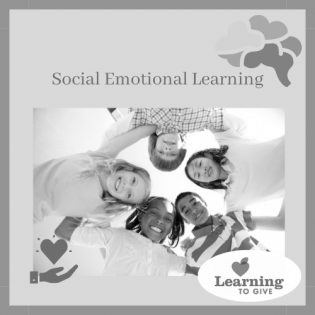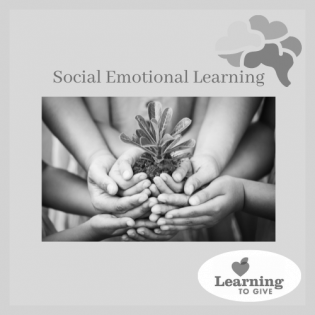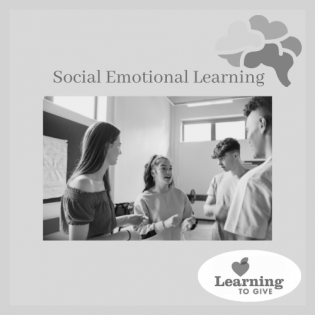The activities described here are linked at the bottom of this page to help learners get to know their community and the resources there. They also help students take action to address a need and then reflect on the service-learning process.
Filter by subjects:
Filter by grades:
Filter by audience:
Filter by issue area:
Filter by content type:
Filter by resource type:
resource search
Video Clip and Discussion Guide: Advocacy for an issue is a form of philanthropy. It involves changing hearts and minds in support of an issue. The video shares examples from nonprofits, government, and individuals about the impact and importance of advocacy for an issue. After watching the video, students share examples of advocacy, reflect on issues they care about and personal reasons for advocacy.
This simulation helps youth participants make choices and determine how to best use financial resources to support a cause. Through reflection and discussion, they explore what influences their giving and how to use resources for make a greater impact.
In this activity participants run a basic needs assessment by scanning the newspaper or other community resources for issues and resources. The youth identify which needs are being met already and which ones are not, leading them to focus on what types of grants they want to give that year.
In this activity participants learn how to build stronger relationships with grantees and how they can enhance the grant making process going forward. Document support provided by Community Foundation of Elmira-Corning, NY 2020.
This activity will provide an opportunity for the youth and a professionals/community leaders to get acquainted. This will help start the team-building process among board members and youth philanthropists and demonstrate part of the process of “building community.”
This activity introduces youth to the concept of privilege. Participants will become aware of their privilege and how their privilege enhances or hinders their access to opportunities.
Young people create a Public Service Announcement in order to inform people about an issue and challenge them to take action in order to make a difference. This activity guides them to select an issue, research ways to address the issue, and make a call to action.
Duration: One 20-minute introduction, and a revisit on each birthday throughout the year.
Objectives:
The learners will...
One of the most effective ways to support youth social emotional growth is with regular check-ins. Use ice breakers to give youth a chance to listen, talk, reflect, build empathy, and discuss critical thinking and issues. The following conversation prompts are organized by the SEL categories and the type of engagement they bring out.





